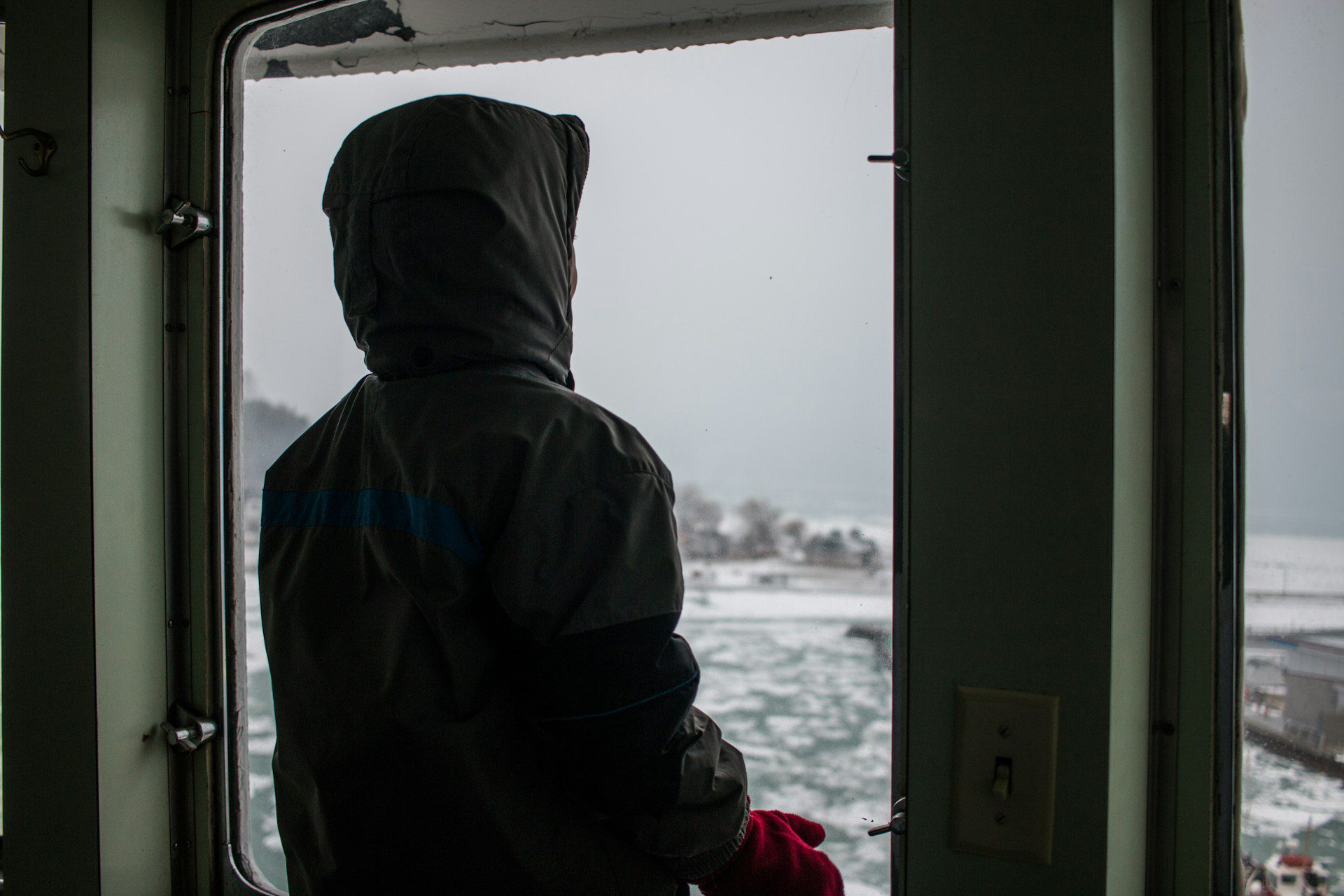
Children Are Not the Answer to a Labor Shortage. Here’s How to Protect Them.
Ms. Gerstein is a fellow at the Center for Labor and a Just Economy at Harvard Law School and the Economic Policy Institute. She spent more than 17 years enforcing labor laws in New York State, working in the state attorney general’s office and as a deputy labor commissioner.
Gov. Sarah Huckabee Sanders of Arkansas signed a bill this month rolling back the state’s child labor protections, making it easier for employers to hire children under 16. Elsewhere, bills to allow 14- and 15-year-olds to work in meatpacking plants and other dangerous jobs in Iowa as part of training programs and 16- and 17-year-olds to take jobs at construction sites in Minnesota are under consideration.
These enacted and potential rollbacks are happening just when the country is experiencing a surge of child labor violations on a scale and of a type that we hadn’t heard about for many years. Laws in the United States prohibit certain very dangerous work for minors, but recent investigative reporting by The New York Times and Reuters has exposed migrant children as young as 12 working at car factories, meat processors and construction sites; household-name companies generally avoid liability through the use of sometimes sketchy subcontractors and staffing agencies.
